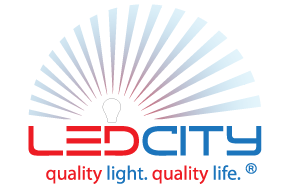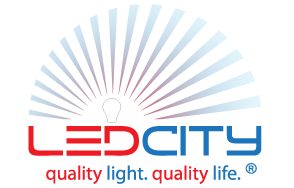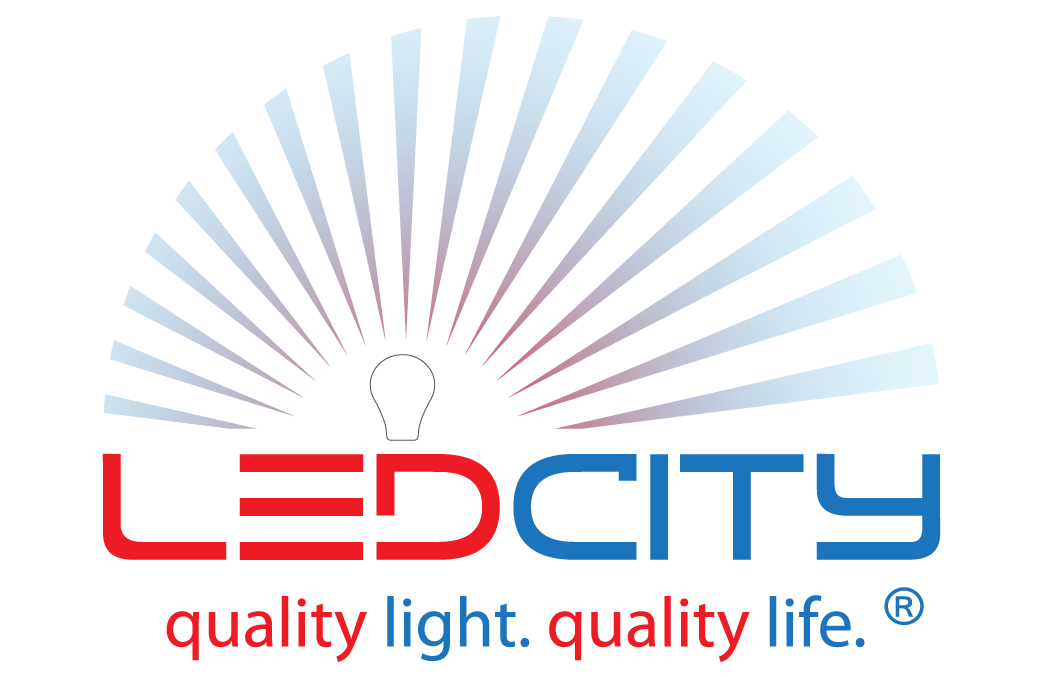LED Lighting for Hotels

Good lighting design for hotels is not just art or science, but a combination of both. While there can be many different objectives for hotel lighting, the most important goals are those of branding the hotel with a specific theme, providing good customer experiences, and energy savings.
Hotel Lighting Objectives
Branding and Theme
Lighting can be used to convey your hotel’s unique style, and it can give your hotel either a trendy, warm, modern, or a traditional look. Combining colour schemes, music, wall artwork, and the warmth and accents of your lighting ultimately determine the final emotional impact your hotel has on its customers.
Customer Experiences
Lighting is not just illumination; your choice of lighting will affect how your furniture is complemented, how architecture and artwork are perceived, how easily your guests can get around your facility, and how comfortable they are with their rooms and other amenities. The right lighting can make ordinary spaces look fabulous, while private places can be made to feel more secluded and detached.
Energy Savings
The right lighting solution isn't always the cheapest option up front. However, it's important to invest in the solutions that lower your bill over the long run, such as LEDs.
Hotel Lighting Spaces
The lighting in your hotel will go a long way toward defining your customers' perceptions. Let’s look at specifics you can implement to improve the functionality of your business.
Foyers, Halls, and Lobbies
Multi-purpose spaces require multi-layer lighting. For example, places for work gatherings need ambient and task lighting, while a place for relaxing would only need ambient lighting. Place friendly, welcoming light in entrances and lounge areas to give the best positive impression possible. Creating adequate brightness levels with diffusers and glare spots is an important goal for lighting in common areas.
Vertical lighting fixtures such as wall lights are very common in these areas. The ultimate goal should be to have a light that is strong enough for guests to find their way around your hotel easily, but also discrete enough to be relaxing to them.

Receptions
First impressions count, so make sure you have a well-lit reception area to greet guests as they enter. Depending on the kind of hotel you are operating, you may have a small, intimate reception area, or one that is expensive and luxurious. In this kind of high-energy, high-traffic space, you should have lighting that is flexible and functional for both day and night settings.
Entrance lighting must provide a safe transition and allow the eyes to adapt to the change in lighting conditions from outside to inside and vice versa. Highly reflective walls can be washed with light to provide illumination for everything in the surrounding area. Reception lobbies that have glass walls must have sufficiently bright lighting to be visible from the outside during the day, but adjustable to lower levels at night.
Finally, because the registration desk is a multi-task area, you must achieve a sufficient brightness level. This will help guests locate and use this area. Furthermore, task lighting can be used on screens or informational displays.

Conferences and Seminars
Depending on the intended use, conference spaces require a variety of lighting fixtures and technologies to achieve your goals. It's important to have adjustable lighting options and ambient, accent and task lighting systems to handle the lighting needs of a high-end conference room.
For the best results, flexible lighting with control and dimming options should be installed. Many products have pre-programmed lighting scenes tailored for specific activities or tasks. These pre-programmed scenes are very useful for getting your conference room up and running.
A word of caution: while having a wide range of lighting available at your fingertips, be careful not to have too much light falling on one plane, which can happen using ceiling luminaries that produce intense light. You need to make sure that your entire room is illuminated, including the walls and the ceiling. Invest in a professionally equipped, versatile conference lighting package with built-in effects for best results.

Corridors
Corridors are designed to help guests move comfortably through your hotel. If not properly lit, they can create feelings of confusion, or even claustrophobia. Having properly-lit corridors will serve as a welcoming guide to your guests. Lighting choices are particularly important for these types of transition areas because they don't often have any natural light. Well-lit movement areas also indicate higher security, which is important if you want your guests to feel safe and comfortable.
Lights in these areas will probably never be turned off. As a result, it's critical to invest in energy-efficient, long-life lighting products such as LEDs for all your corridors. Your staff and guests should be able to identify people from a safe distance, and provide information, an indication of exists, and highlight the direction to lifts or other amenities.
The installation of bi-level controls that switch to full illumination depending on use and occupancy will help you save a great deal without compromising on the comfort of your guests. And you can minimize “tunnel syndrome” by varying lighting on walls and ceilings throughout the length of the corridor. Additionally, using artwork, pictures or plants can also help break the monotony of long passages and keep the lighting level comfortable for your guests.

Rooms and Suites
Your rooms are your bread and better, so they should have a great lighting atmosphere and make no concessions on comfort. Glare-free, shadowless lighting is your goal here. In the ideal situation, guests will be able to adjust room lighting themselves depending on whether they are watching TV, reading, getting dressed, or relaxing.
Guests will often leave the lights on even when they are not in the room, so LED fittings are a great option for saving money. The same goes for self-illuminated switches and low-wattage night lights. In fact, automated room controls with motion sensors can provide significant savings.
Finally, be open-minded about having a layered lighting approach to different parts of your guest rooms. General ambient lighting for both the room and the bathroom, task lighting for reading in bed and for working at the desk are a minimum requirement. From there you should consider separate mirror lighting, overhead lighting in the shower area and lighting inside or near the closet because they're often worth the expense and cater to very specific yet very important aspects of guest comfort and convenience while in your rooms.

Facades and Outdoor Areas
The front elevation or façade of your establishment is where most people will form their first and possibly most lasting impression of your hotel. Regardless of whether your hotel is large, small, modern, traditional, sophisticated, or down-to-earth, having the right lighting here is critical if you want to a great customer experience. After seeing the outside, guests should be interested in learning what the inside of your hotel is like. Moreover, it should stand out to a degree from other buildings and businesses in the area.
Having individual low-energy LEDs can be used for extraordinary lighting effects while at the same time saving energy. Depending on the architecture of your building, you will be able to adjust your façade lighting to match whatever architectural style you have, or to celebrate specific occasions or events throughout the year.











